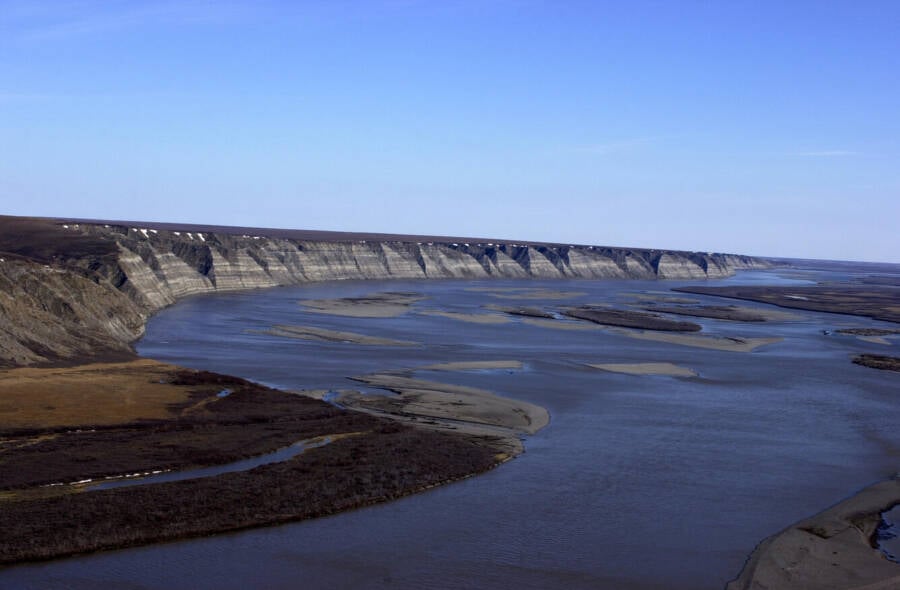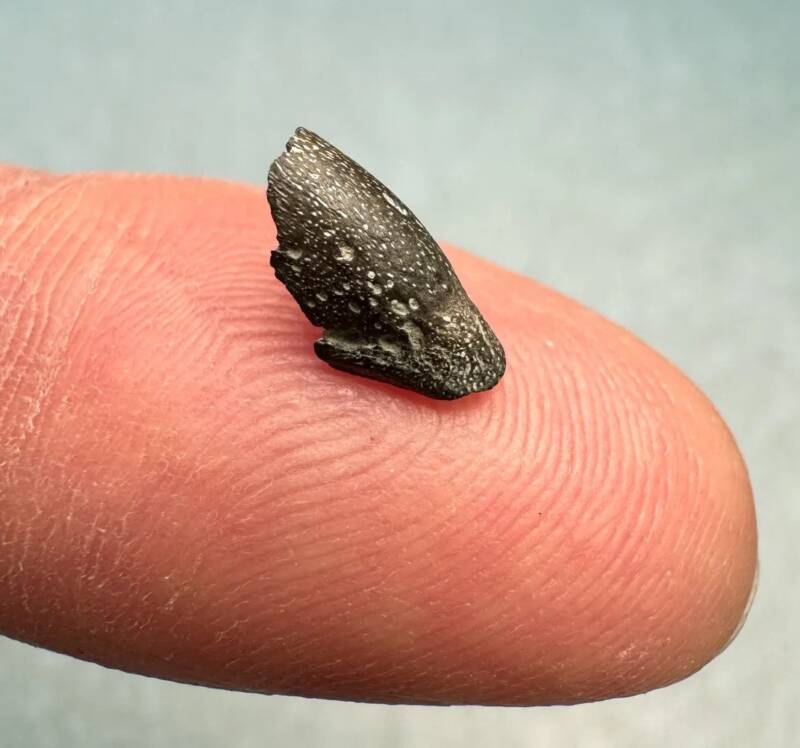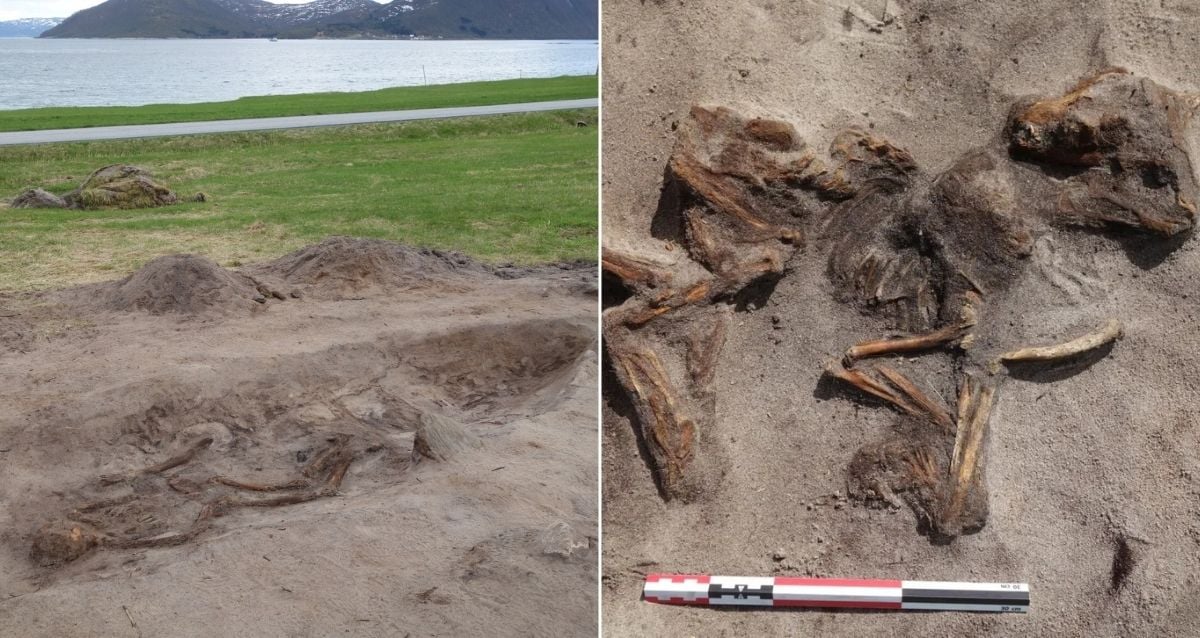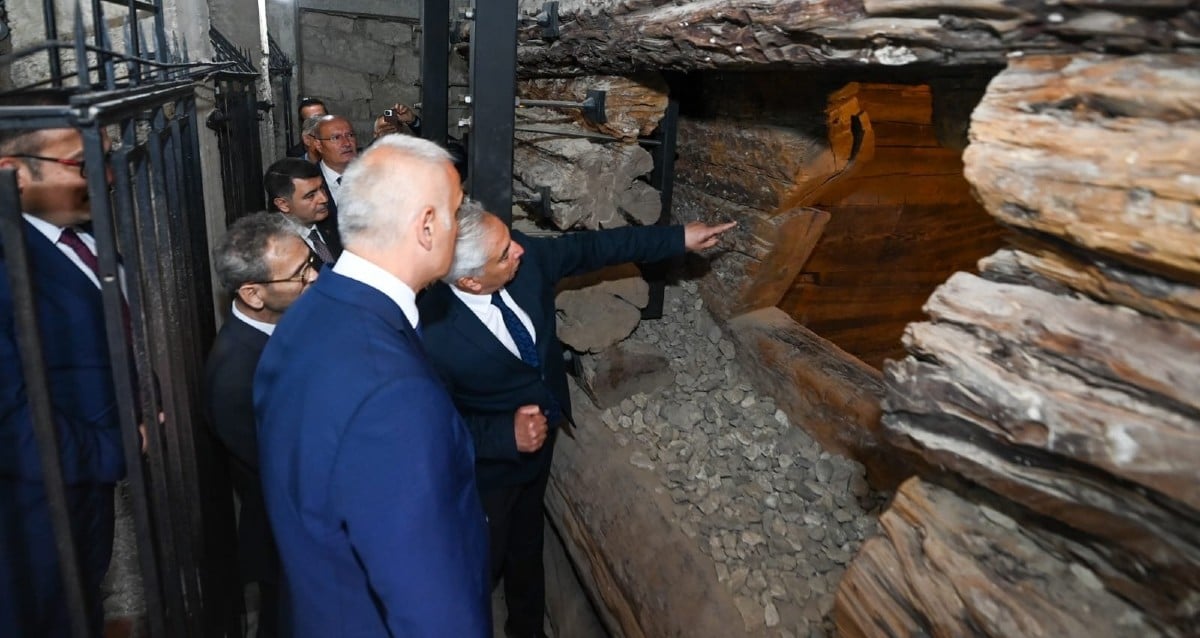Uncovering a Prehistoric Arctic Secret: Did Birds and Dinosaurs Really Share a Nest 73 Million Years Ago?
The 73 Million-Year-Old Bird Fossils In Alaska

U.S. Geological SurveyThe Prince Creek Formation in Alaska, where the bird fossils were discovered.
According to a new study published in Science, birds have been nesting in the Arctic for far longer than previously known. Though places like Alaska are rife with birds and their young today, this latest research suggests that birds have been nesting in polar regions for at least 73 million years, which means that they raised their young alongside dinosaurs during the Cretaceous period.
“Birds have existed for 150 million years,” study lead author Lauren Wilson, a doctoral student at Princeton University who earned her master’s degree at the University of Alaska Fairbanks, said in a statement about the discovery. “For half of the time they have existed, they have been nesting in the Arctic.”
Wilson and her team made their discovery by scouring Alaska’s Prince Creek Formation, an area known for dinosaur fossils. They recovered dozens of fossilized bones and teeth and were able to identify multiple types of birds: hesperornithes, extinct loon-like birds; ichthyornithes, extinct gull-like birds; and several species similar to modern-day ducks and geese.
Significantly, they also uncovered baby bird bones — which are porous, fragile, and rarely found in the fossil record — proving that these birds were raising their young in Arctic environments 73 million years ago.

Pat DruckenmillerThe tiny, fossilized tip of a hatchling’s beak.
“This pushes back the record of birds breeding in the polar regions by 25 to 30 million years,” Patrick Druckenmiller, one of the study’s authors and the director of the University of Alaska Museum of the North, remarked.














Post Comment